Hamarikyu gardens tea house 224052-Hamarikyu gardens tea house
11, Hama Rikyuteien, Chuoku, Tokyo Access Toei Oedo Line Shiodome Sta E19, Tsukijishijo Sta E18 or Yurikamome Shiodome Sta (7 minutes on foot) JR or Tokyo Metro Ginza Line/Toei Asakusa Line, Shimbashi Sta (10 minutes on foot) G08, A10 Boat Suijo Bus (Asakusa-Hamarikyu-HinodeSambashi) Inquiry Hamarikyu Gardens OfficeRead all 1,916 reviews Strolling through this well maintained and a peaceful 62acre park is a recommended activity There are meadows, paths, lakes, bridges, a tea house, a lighthouse, benches and even platforms where you The Hama Rikyu Gardens are much nicer than the East Gardens of the Imperial PalaceHamarikyu Garden (Main pond and tea house, near to Tsukiji) G5 Kiyosumi Garden (The pond and many precious shaped natural stones) G6 Rikugien Garden (Main pond with views of Japanese poems) G6 Rikugien Garden (Ugetsukyo stone bridge) The followings are your choice of places for Shopping including animal cafes
1
Hamarikyu gardens tea house
Hamarikyu gardens tea house-English The Hamarikyū Garden (浜離宮恩賜庭園, Hamarikyū Onshi Teien?) is a public garden park in Tokyo, Japan Located on the site of a villa and gardens of the Shogun Tokugawa family, at the mouth of the Sumida River at Tokyo Bay, in Chuoku Hamarikyū Garden park was opened April 1, 1946In this tour, we go to Hamarikyu Garden and Asakusa by cruising the River Sumida You have a cup of matcha green tea at a Japanese style tea house in Hamarikyu Garden, and then 45min cruising to Asakusa In Asakusa, you can enjoy walking in Nakamise shopping street



Hama Rikyu Garden Teahouse Japan Travel Japan Travel Tips Cool Landscapes
Hama Rikyu Gardens Beautiful garden and tea house See 1,916 traveler reviews, 2,905 candid photos, and great deals for Chuo, Japan, at TripadvisorHamarikyu Gardens is a traditional landscape garden located on the edge of Tokyo's Sumida River During the Edo Period (), the grounds were used by successive members of the Tokugawa Shogunate A small residence was built and the shoguns and their retainers would use the duck hunting ponds on the grounds for sport45 Read all 1,916 reviews Strolling through this well maintained and a peaceful 62acre park is a recommended activity There are meadows, paths, lakes, bridges, a tea house, a lighthouse, benches and even platforms where you The Hama Rikyu Gardens are much nicer than the East Gardens of the Imperial Palace
Hamarikyu is Japanese Feudal Lord's garden during the Edo Period (), is one of Tokyo's most famous gardens Very beautiful and peaceful Nice place to focus on a crowed city A good spot to stroll around after a hallucinogenic 5 AM wake up for the Tsukiji Fish MarketThe tea house can be freely entered by visitors to the garden You can order green tea and sweets to enjoy as you view the Japanese garden This teahouse, where you can enjoy sweeping views, is best if you are hoping to enjoy the "present day views" of HamarikyuLocated in Hamarikyu Garden, you need to pay a measly admission fee of 300 yen to get to Nakajima No Ochaya This 1704 tea house serves you green tea via traditional Japanese tea ceremony This also includes wagashi, a traditional Japanese confection Price 7 yen Website Hamarikyu Garden's Nakajima No Ochaya Tea House (中島の御茶屋)
The park has several tidal ponds, meaning that the water is drawn from the bay and moving with the tides On an island the larger of the ponds is placed a traditional tea house where visitors can enjoy a traditional Japanese matcha tea with Japanese sweets History The history of what is known as Hamarikyu Gardens today starts in 165445 Read all 1,916 reviews Strolling through this well maintained and a peaceful 62acre park is a recommended activity There are meadows, paths, lakes, bridges, a tea house, a lighthouse, benches and even platforms where you The Hama Rikyu Gardens are much nicer than the East Gardens of the Imperial PalaceHamarikyu Gardens (浜離宮恩賜庭園 Hamarikyū Onshi Teien) is a public park in Tokyo Located at the mouth of the Sumida River The park is a 250,165 m² landscaped garden surrounding Shioiri Pond, the park itself surrounded by a seawater moat filled by Tokyo Bay



Nakashima Tea House Hamarikyu Garden Tokyo 東京 浜離宮恩賜庭園 H Flickr



Hamarikyu Gardens In Tokyo Are A Popular Spot For Both Tourists And Locals This Park Has Ponds Bridges And A Japanese Tea House In Its Grounds Stock Photo Alamy
Taking place at Hamarikyu Gardens—one of Tokyo's most beautiful classical gardens—this event is a showcase of one of Japan's unique cultural assets – the tea ceremony This isn't just for enthusiasts, the idea seems to be to make it as accessible as possible with both indoor tea ceremonies (in the famed tea house in the middle of a salt water pond) and outdoor ceremoniesHamarikyu is a public garden in Tokyo that is within waking distance of Shinbashi or Hamamatscho Station on the Yamanote Line Inside the gardens you can enjoy a green tea ceremony for a fee of 500 yen The garden has many different types of birds and fish with beautiful flowersHamarikyu Garden was born as a typical feudal lord's garden of the Edo Period () Drawing its water from Tokyo Bay, Shioirinoike is Tokyo's only seawater pond it containds saltwater species such as striped mullet and goby, under constant observation by winter birds flying overhead There is a teahouse in the middle of the pond in the garden



Tokyo Tea Houses A Taste Of Traditional Japan Tokyo Cheapo



Japanese Culture Tea House Hamarikyu Garden Stock Photo Edit Now
Hamarikyu Gardens Hamarikyu is a large landscape gardn (250,m 2 )in central Tokyo Located alongside Tokyo Bay, the Garden features seawater ponds which change the water level with the tides On the pond, there is a tea house called NakajimanoChaya, where Shoguns and court ladies enjoyed looking at the gardenNOTE Nakajima no Ochaya Tea House is currently closed for renovations until MidMarch Located adjacent to Tokyo Bay and surrounded by the glitzy business towers of Shiodome and Tsukiji, Hamarikyu Garden is an oasis lost in time amidst the fastpaced modern world of Tokyo Once the property of the Tokugawa family and then the Imperial family, Hamarikyu was almost completely destroyed in the Great Kanto Earthquake and in the bombings of World War IIThe ceremony dates back the 9th century CE during the Heian period in Japanese history I participated in the ceremony at Hamarikyu Gardens, at one of the many teahouses located there The building, called hobaitei, was the only structure in the garden that survived both the Great Kanto Earthquake in 1923 and the air raids of World War II



Swallow Teahouse Or Tsubame No Ochaya Hama Rikyu Japanese Gardens Stock Photo Alamy



Traditional Tea House Hamarikyu Gardens Tokyo Stock Photo Edit Now
The ceremony dates back the 9th century CE during the Heian period in Japanese history I participated in the ceremony at Hamarikyu Gardens, at one of the many teahouses located there The building, called hobaitei, was the only structure in the garden that survived both the Great Kanto Earthquake in 1923 and the air raids of World War IIOne of the main attractions of Hama Rikyu is the tea house located on an island at the center of a pond Three bridges connect the island to the island, but only one is accessible The accessible bridge is unfortunately the furthest from the garden's entrances and has a few "steps"/bumps leading to itThe Nakajima tea house One of Hama Rikyu gardens' most interesting attractions is the Nakajima tea house It is located in the centre of the tidal pond and built on a wooden terrace made of Japanese cypress The tea house is connected with the land by Otsutai bashi, the name of the 118 meters long bridge
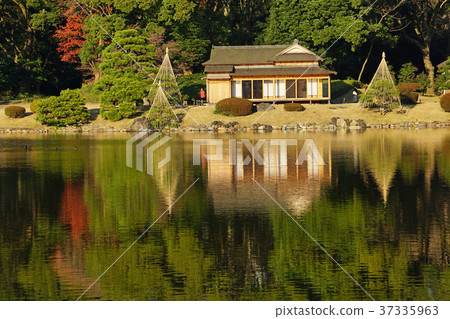


A Tea Room In The Hamarikyu Garden Stock Photo



Tea Ceremony In Tokyo The Serine Hamarikyu Gardens Tea House Japan
45 Read all 1,916 reviews Strolling through this well maintained and a peaceful 62acre park is a recommended activity There are meadows, paths, lakes, bridges, a tea house, a lighthouse, benches and even platforms where you The Hama Rikyu Gardens are much nicer than the East Gardens of the Imperial PalaceThe ceremony dates back the 9th century CE during the Heian period in Japanese history I participated in the ceremony at Hamarikyu Gardens, at one of the many teahouses located there The building, called hobaitei, was the only structure in the garden that survived both the Great Kanto Earthquake in 1923 and the air raids of World War IILocated on an island in one of the park's many seawater ponds, Hamarikyu's woodclad tea house is about as picturesque as they come The timing of your visit is irrelevant as Hamarikyu has foliage for every season There are ethereal cherry blossoms in spring, vibrant hydrangeas in summer, crimson maples in fall and fragrant plum blossoms in winter



The Traditional Tea House On Shore Of The Pond In Hamarikyu Gardens On The Background Of Modern Skyscrapers In Tokyo Japan Stock Photo Download Image Now Istock



The Best Tea Houses For Tea Ceremonies In Tokyo Compathy Magazine
Hamarikyu gardens is one of the many public parks of Tokyo but its unique feature is the sea water moat which is filled by the nearby Tokyo Bay The park was opened in 1946 on the site of the 17th century Shogun Tokugawa family villa The landscaped gardens include the serine Shioiri pond on which the Nakashima tea house is locatedLocated in Hamarikyu Garden, you need to pay a measly admission fee of 300 yen to get to Nakajima No Ochaya This 1704 tea house serves you green tea via traditional Japanese tea ceremony This also includes wagashi, a traditional Japanese confection Price 7 yen Website Hamarikyu Garden's Nakajima No Ochaya Tea House (中島の御茶屋)Hama Rikyu (浜離宮, Hama Rikyū), is a large, attractive landscape garden in central Tokyo Located alongside Tokyo Bay, Hama Rikyu features seawater ponds which change level with the tides, and a teahouse on an island where visitors can rest and enjoy the scenery



High Quality Stock Photos Of Hamarikyu Gardens



Tea Ceremony In Tokyo The Serine Hamarikyu Gardens Tea House Japan
Tea houses are facilities that were built for a shoguns to take a rest when visiting Hamarikyu Gardens and receive a guest They are traditional Japanese architecture and lend enchantment to the view There were once 5 tea houses in Hamarikyu Gardens but all of them were burnt down in the Great Kanto Earthquake or the air raid in World War IIThu, November 25, 10, by Muzachan One of the Hamarikyu Gardens' main attractions is Nakajimanoochaya, the Nakajima tea house Built over the lake, the tea house is connected with the land by Otsutai Bashi, a 118 meters bridge made of hinoki (Japanese cypress) The first tea house on this ground was established 300 years ago and it belonged, together with the garden, to the Tokugawa familyMaintaining a natural, green space among the gleaming, highrise buildings of nearby Shiodome, HamaRikyu Onshi Teien is a bastion of calm in the heart of downtown Tokyo This scenic garden, once reserved for Imperial use only, was opened to the public in 1946



Tokyo Travel Hama Rikyu



Hama Rikyu Garden And Tea House Shiodome When In Tokyo Tokyo S Art Design And Architecture Guide
One of the main attractions of Hama Rikyu is the tea house located on an island at the center of a pond Three bridges connect the island to the island, but only one is accessible The accessible bridge is unfortunately the furthest from the garden's entrances and has a few "steps"/bumps leading to itHamarikyu Garden It was once a place of falconry of the shogun You can have a cup of matcha tea in the traditional tea house The paths interweaving the ponds of this traditional Japanese garden have been walked for hundreds of yearsRead all 1,916 reviews Strolling through this well maintained and a peaceful 62acre park is a recommended activity There are meadows, paths, lakes, bridges, a tea house, a lighthouse, benches and even platforms where you The Hama Rikyu Gardens are much nicer than the East Gardens of the Imperial Palace



Hama Rikyu Garden Sakura Water Tea House April 8 10 Flickr



Hama Rikyu Garden And Tea House Shiodome When In Tokyo Tokyo S Art Design And Architecture Guide
A quite likeable summertime scent in the Anthropologie limited edition "tea in a book" series, Hamarikyu Gardens adds a light citrus touch to the green tea featured, boasting sweet lemon, bergamot zest, and verbena as notes The opening is not overly citric but more like a small wedge of lemon has been squeezed into a large glass of teaNOTE Nakajima no Ochaya Tea House is currently closed for renovations until MidMarch Located adjacent to Tokyo Bay and surrounded by the glitzy business towers of Shiodome and Tsukiji, Hamarikyu Garden is an oasis lost in time amidst the fastpaced modern world of Tokyo Once the property of the Tokugawa family and then the Imperial family, Hamarikyu was almost completely destroyed in the Great Kanto Earthquake and in the bombings of World War IIHamarikyu gardens was opened on April 1st, 1946 This park features seawater ponds whose level changes with the tides It also has a tea house in Nakashima in the middle of the pond where you can enjoy refreshments such as Japanese sweets and Matcha in Japanese style at a reasonable fee



Traditional Tea House With City Skyline In Background Hamarikyu Gardens Chuo City Tokyo Honshu Japan Stock Photo Alamy



Hama Rikyu Garden And Tea House Shiodome When In Tokyo Tokyo S Art Design And Architecture Guide
Inside this garden is a nice big pond, and a teahouse called Nakajima no Ochaya They are sitting in the pond, giving that beautiful view all around They serve Matcha tea and traditional Japanese sweetsIn this tour, we go to Hamarikyu Garden and Asakusa by cruising the River Sumida You have a cup of matcha green tea at a Japanese style tea house in Hamarikyu Garden, and then 45min cruising to Asakusa In Asakusa, you can enjoy walking in Nakamise shopping streetBeautiful garden with a tea house close to Tsukiji market Entrance cost 300 yen, worth the visit Beautiful trees, some bridges over the water, shade and places to sit and relax 5 minutes walking from/to Tsukiji market



Green Haven Softens The Busyness Of Tokyo



Hama Rikyu Garden And Tea House Shiodome When In Tokyo Tokyo S Art Design And Architecture Guide
Hamarikyu Gardens is a public park in the shadow of the Shiodome district located at the mouth of the Sumida River It was originally a tidal duckhunting ground and still contains tidal ponds, but is now a sanctuary for birds and fish alike The park is well known for its picturesque tea house surrounded by an ornamental salt water pondThere are meadows, paths, lakes, bridges, a tea house, a lighthouse, benches and even platforms where you The Hama Rikyu Gardens are much nicer than the East Gardens of the Imperial Palace Less crowded and ideal to escape the histöe and bustle of TokyoHamarikyu Garden (Main pond and tea house, near to Tsukiji) G5 Kiyosumi Garden (The pond and many precious shaped natural stones) G6 Rikugien Garden (Main pond with views of Japanese poems) G6 Rikugien Garden (Ugetsukyo stone bridge) The followings are your choice of places for Shopping including animal cafes



Hama Rikyu Gardens Where The Past And Present Collideflavorful Journeys



73 Hama Rikyu Gardens Videos And Hd Footage Getty Images
There are meadows, paths, lakes, bridges, a tea house, a lighthouse, benches and even platforms where you The Hama Rikyu Gardens are much nicer than the East Gardens of the Imperial Palace Less crowded and ideal to escape the histöe and bustle of TokyoThere are meadows, paths, lakes, bridges, a tea house, a lighthouse, benches and even platforms where you The Hama Rikyu Gardens are much nicer than the East Gardens of the Imperial Palace Less crowded and ideal to escape the histöe and bustle of TokyoEvent / Program Overview An event was held at Hamarikyu Gardens, an innercity oasis of Tokyo This event featured a perfect fusion of technology and nature through stunning light shows and performances of ambient music by foreign and domestic artists Guests were able to immerse themselves in an extraordinary experience combining Japanese nature, music and light



Tokyo S Hamarikyu Gardens A Quick Guide Favy



Hamarikyu Gardens Tea House Tokyo Explore Japan Japan Holiday Vacations
There are meadows, paths, lakes, bridges, a tea house, a lighthouse, benches and even platforms where you The Hama Rikyu Gardens are much nicer than the East Gardens of the Imperial Palace Less crowded and ideal to escape the histöe and bustle of TokyoThis tea house can be reached by crossing one of the three bridges towards it The Hamarikyu Gardens originally functioned as a hunting grounds of the Shogun Tokugawa family, but in 1654 the park was enclosed with water and in 1707 the Tokugawa gave the park it's current purpose Including the teahouse we can still enjoy today



Tsubame No Ochaya A Tea House On A Lake In The Hama Rikyu Gardens In Tokyo License Download Or Print For 79 84 Photos Picfair



Tea House Treat Review Of Hama Rikyu Gardens Chuo Japan Tripadvisor



Hama Rikyu Garden And Tea House Shiodome When In Tokyo Tokyo S Art Design And Architecture Guide
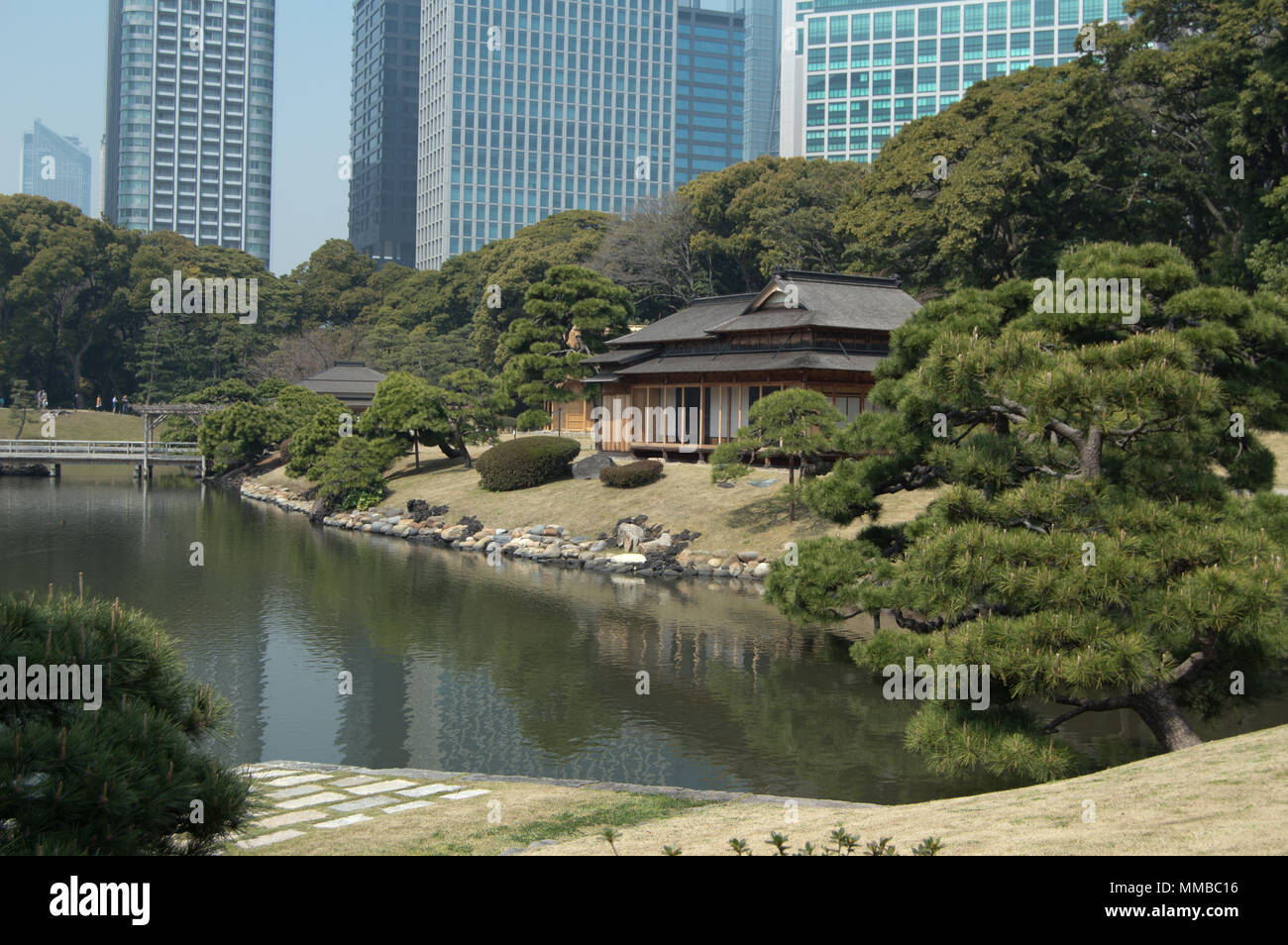


Teahouse And Pond At Hamarikyu Gardens Tokyo Japan Stock Photo Alamy



The Tea House At Hamarikyu Stock Footage Video 100 Royalty Free Shutterstock
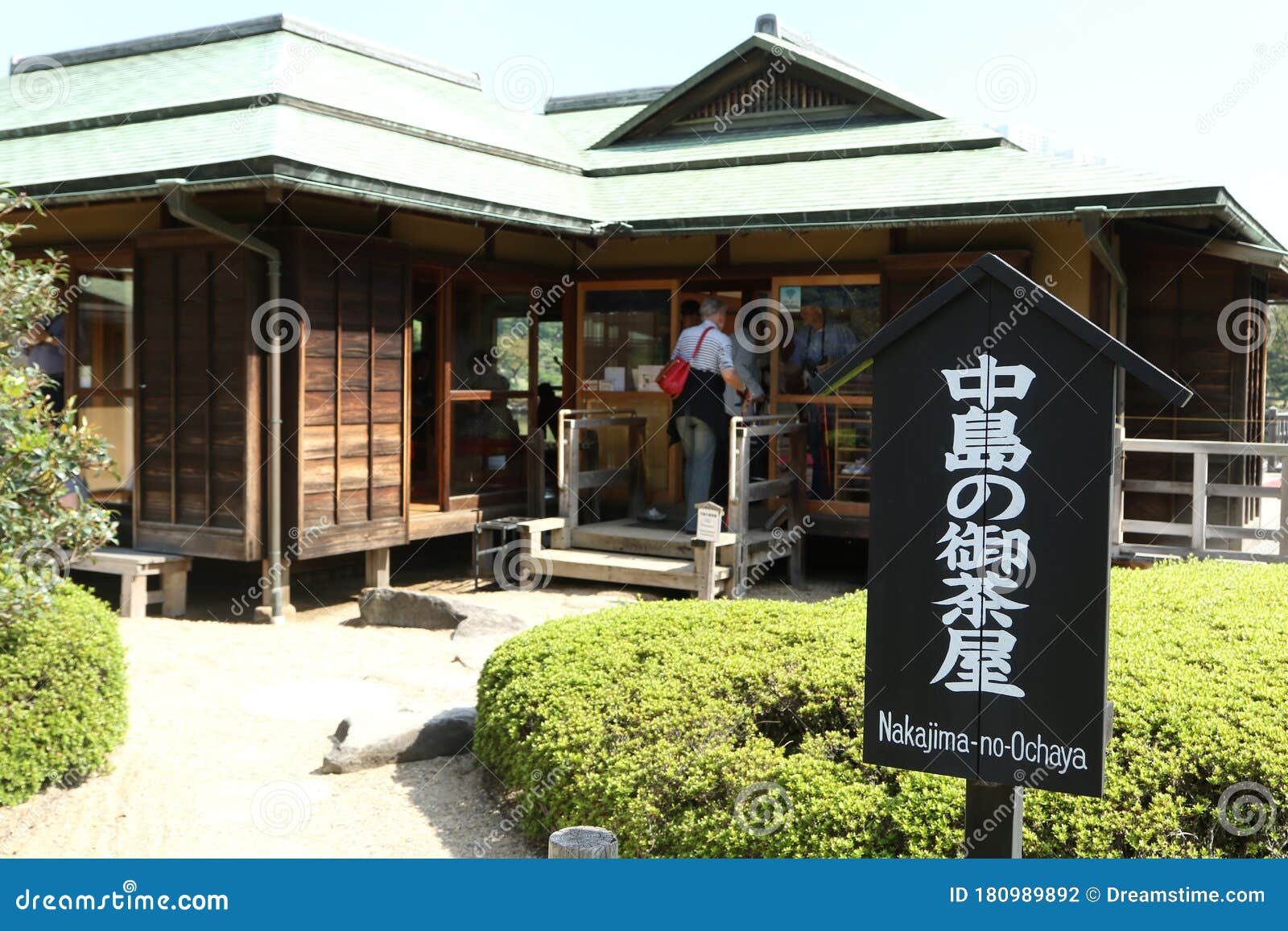


Hamarikyu Gardens In Chuo District Toyko Japan Editorial Photography Image Of Environment Nakajima



Hama Rikyu Gardens 浜離宮恩賜庭園 Tokyo Local Sites



Teahouse Of Hama Rikyu Gardens 浜離宮恩賜庭園燕の御茶屋 This Picture Flickr



Hama Rikyu Gardens Accessible Japan


3



Traditional Tea House With City Skyline In Background Hamarikyu Gardens Chuo City Tokyo Honshu Japan Stock Photo Alamy



Hamarikyu Gardens Hunting Grounds Of The Shoguns



Things To See In Central Tokyo Page 5 Must See Places



The Most Authentic Teahouses In Tokyo



Hama Rikyu Garden Teahouse Japan Travel Japan Travel Tips Cool Landscapes



Nakajima Tea House Stock Photo Image Of Surrounded Nakajima



Experience A Tea Ceremony In Tokyo At Hamarikyu Gardens Savored Journeys



X9dupli5rjdgqm



Hama Rikyu Garden And Tea House Shiodome When In Tokyo Tokyo S Art Design And Architecture Guide



The Tea House At Hamarikyu Tokyo Japan Editorial Stock Photo Image Of Ancient Wooden



Tea Ceremony In Tokyo The Serine Hamarikyu Gardens Tea House Japan



Nakajima No Ochaya A Certain Slant Of Light Photography



Japanese Garden Tea House Hamarikyu Tokyo Stock Photo Image Of Tokyo Hamarikyu


Majestic Japanese Garden And Tea House In The Middle Of Tokyo Deepjapan



Hama Rikyu Gardens Tokyo Travel Guide Wapedia


Hamarikyu Gardens Hunting Grounds Of The Shoguns



Tea Ceremony In Tokyo The Serine Hamarikyu Gardens Tea House Japan



Tokyo Travel Hama Rikyu



Tea Ceremony In Tokyo The Serine Hamarikyu Gardens Tea House Japan



Hama Rikyu Gardens Accessible Japan



Edo Tea House Hamarikyu Garden Tokyo Places Picked By Brani



Tea House At Hama Rikyu Japanese Garden



Photo The Way Of Tea At Nakajima Tea House In Hama Rikyu Gardens San Diego Reader



Mediabakery Photo By Photononstop Images The Shiodome Business Complex Forms A Solid Wall Behind Hama Rikyu Gardens With Its Refined Nakajima Teahouse At Twilight And Functions As A Contemporary Borrowed Landscape



Tea Ceremony In Tokyo The Serine Hamarikyu Gardens Tea House Japan
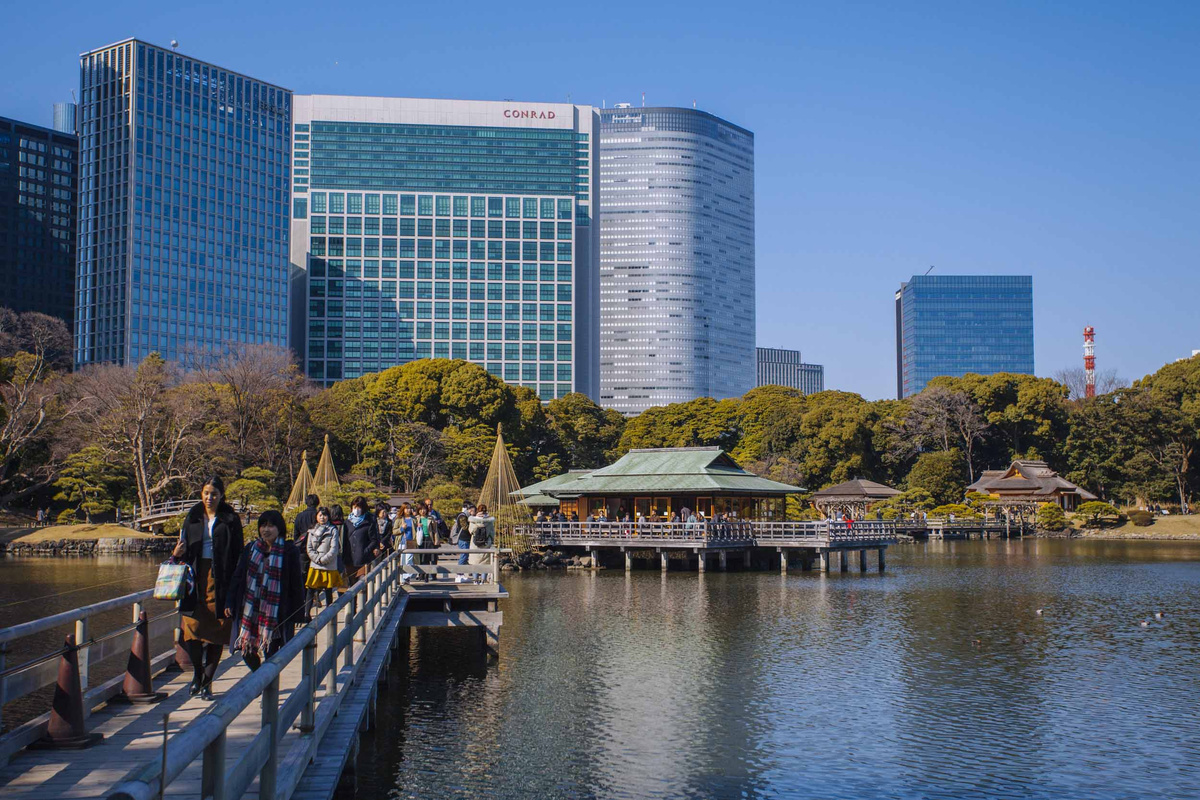


Hama Rikyu Garden And Tea House Shiodome When In Tokyo Tokyo S Art Design And Architecture Guide



Hama Rikyu Gardens Tea House Entry Japan Architecture Japanese Architecture Tea House



Tea Ceremony In Tokyo The Serine Hamarikyu Gardens Tea House Japan
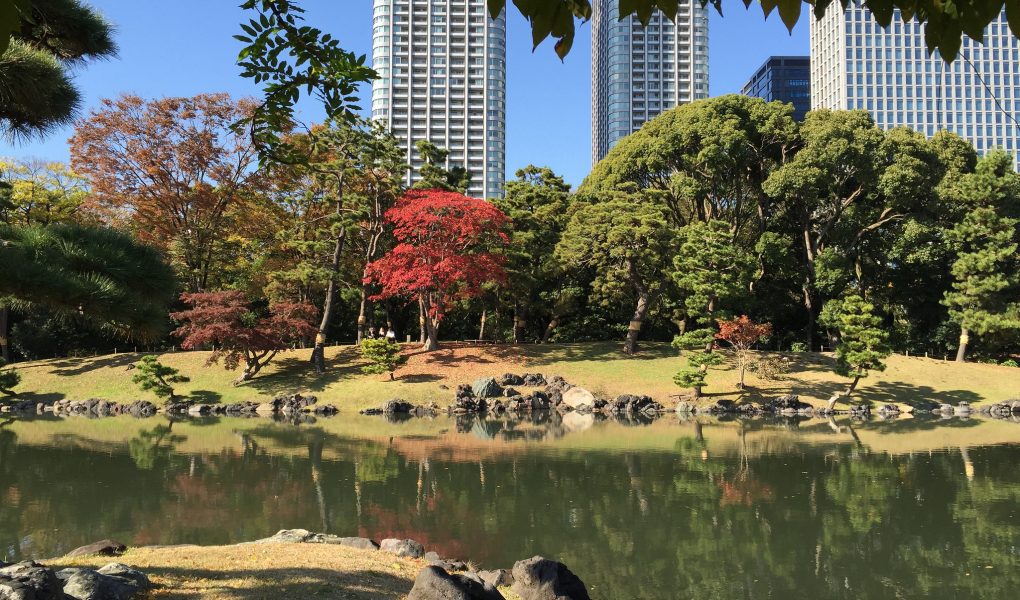


Hamarikyu Gardens Tourist In Japan



Hd Wallpaper Japan Hamarikyu Gardens Chuō Ku Teahouse Lake Tokyo Wallpaper Flare



Hama Rikyu Garden And Tea House Shiodome When In Tokyo Tokyo S Art Design And Architecture Guide



Oc Tea House In Hamarikyu Gardens Tokyo 5184x3456 Japanpics



Tea Ceremony Tokyo 8 Best Tea Experiences Japan Web Magazine
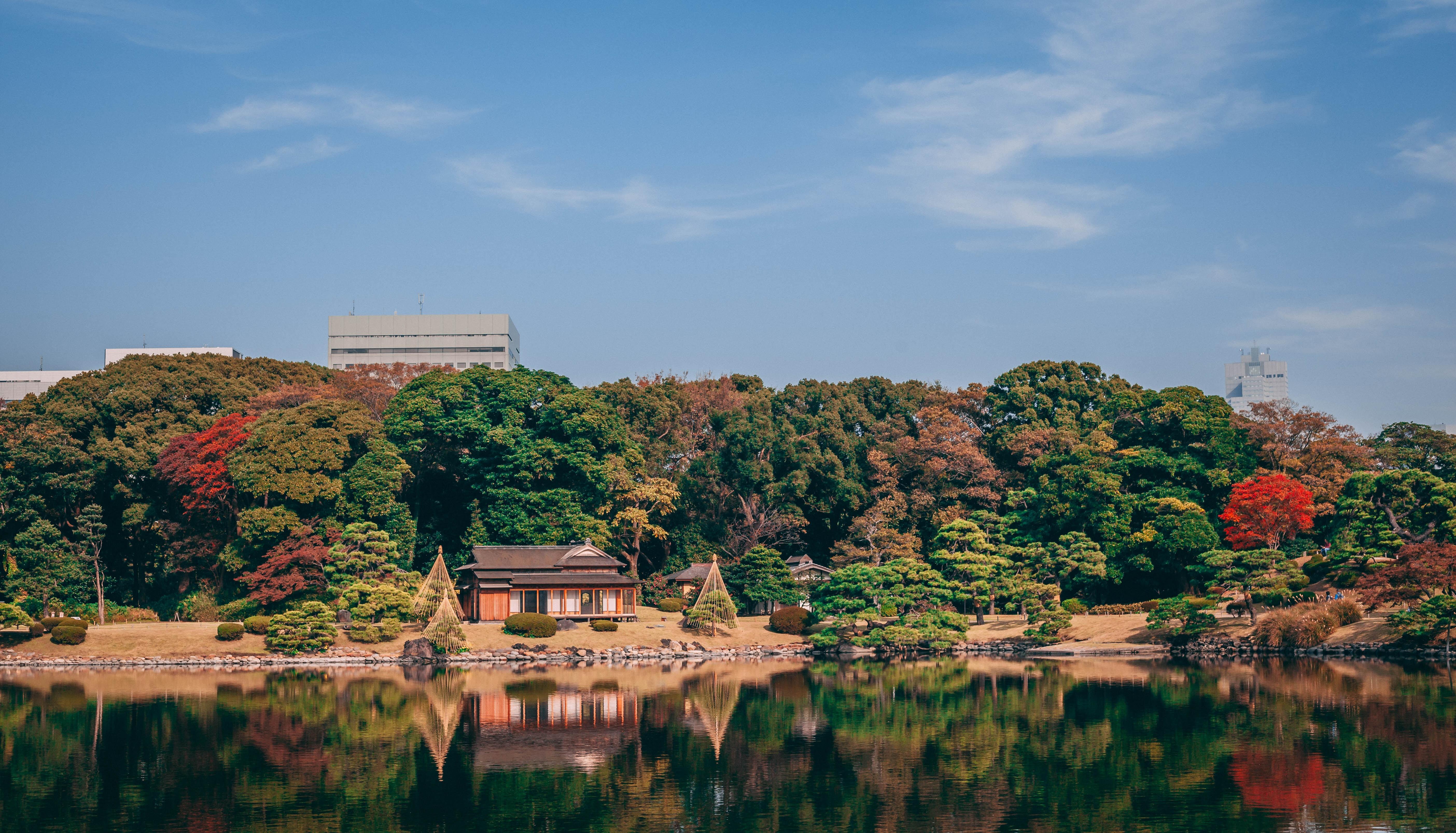


Hama Rikyu Garden And Tea House Shiodome When In Tokyo Tokyo S Art Design And Architecture Guide



Hamarikyu Gardens In Chuo District Toyko Japan Editorial Image Image Of Attraction House



Nakajima No Ochaya Teahouse Hamarikyu Gardens Tokyo Japan Stock Photo Alamy



Hama Rikyu Gardens Gaijinpot Travel



Hama Rikyu Gardens Gaijinpot Travel



Tea House In The Hama Rikyu Japanese Garden Shiodome Tokyo Japan Stock Photo Alamy



Nakajima Tea House In Hamarikyu Gardens Tokyo Tea House Tokyo Bay Garden Stand
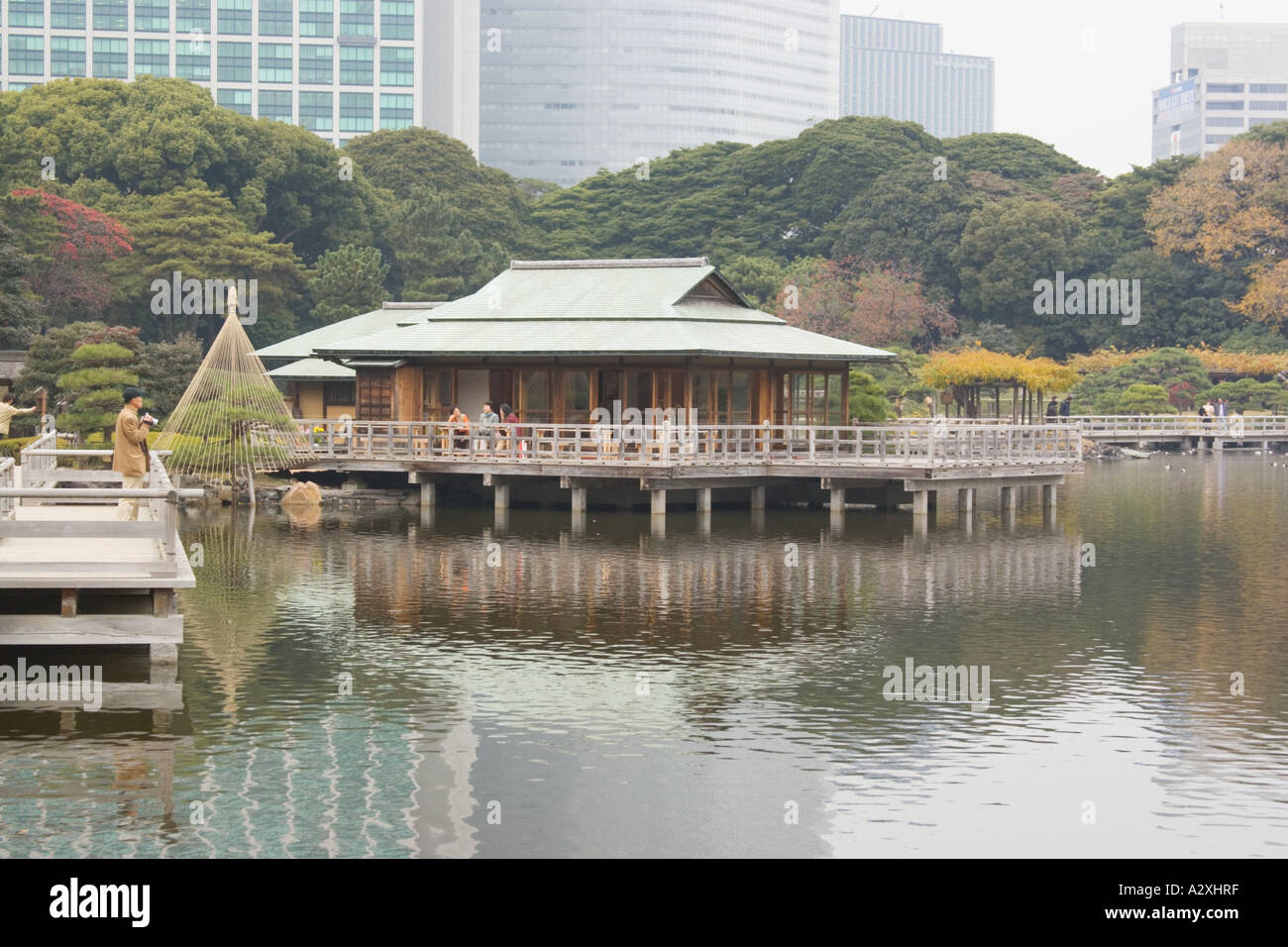


Tokyo Japan Hamarikyu Garden Near The Sumida River Japanese Tea House Stock Photo Alamy



Tokyo Japan Vlog 2 Tsukiji Honganji Temple Tea House Hamarikyu Gardens Youtube



Tea House On Hamarikyu Gardens High Res Stock Photo Getty Images



Tea Ceremony In Tokyo The Serine Hamarikyu Gardens Tea House Japan



Hamarikyu Gardens Art Fine Art America



Japanese Tea House In Hamarikyu Gardens In Tokyo Royalty Free Stock Photo Jstock Media



Hamarikyu Gardens And Beautiful Traditional Japanese Scenery Ambassadors Japan



First Time In Tokyo With A Local Helping Dreamers Do



Hama Rikyu Garden And Tea House Shiodome When In Tokyo Tokyo S Art Design And Architecture Guide



Hama Rikyu Gardens The Official Tokyo Travel Guide Go Tokyo



Tea Ceremony In Tokyo The Serine Hamarikyu Gardens Tea House Japan



Hamarikyu Gardens Tourist In Japan



Experience A Tea Ceremony In Tokyo At Hamarikyu Gardens Savored Journeys



Experience A Tea Ceremony In Tokyo At Hamarikyu Gardens Savored Journeys


Q Tbn And9gctp65namb45kalnli8ehqsmjlprko Ucq5mvshnzrrr8ywwnjhu Usqp Cau


1



Hamarikyu Gardens In Tokyo Are A Popular Spot For Both Tourists And Locals This Park Has Ponds Bridges And A Japanese Tea House In Its Grounds Stock Photo Alamy



Experience A Tea Ceremony In Tokyo At Hamarikyu Gardens Savored Journeys
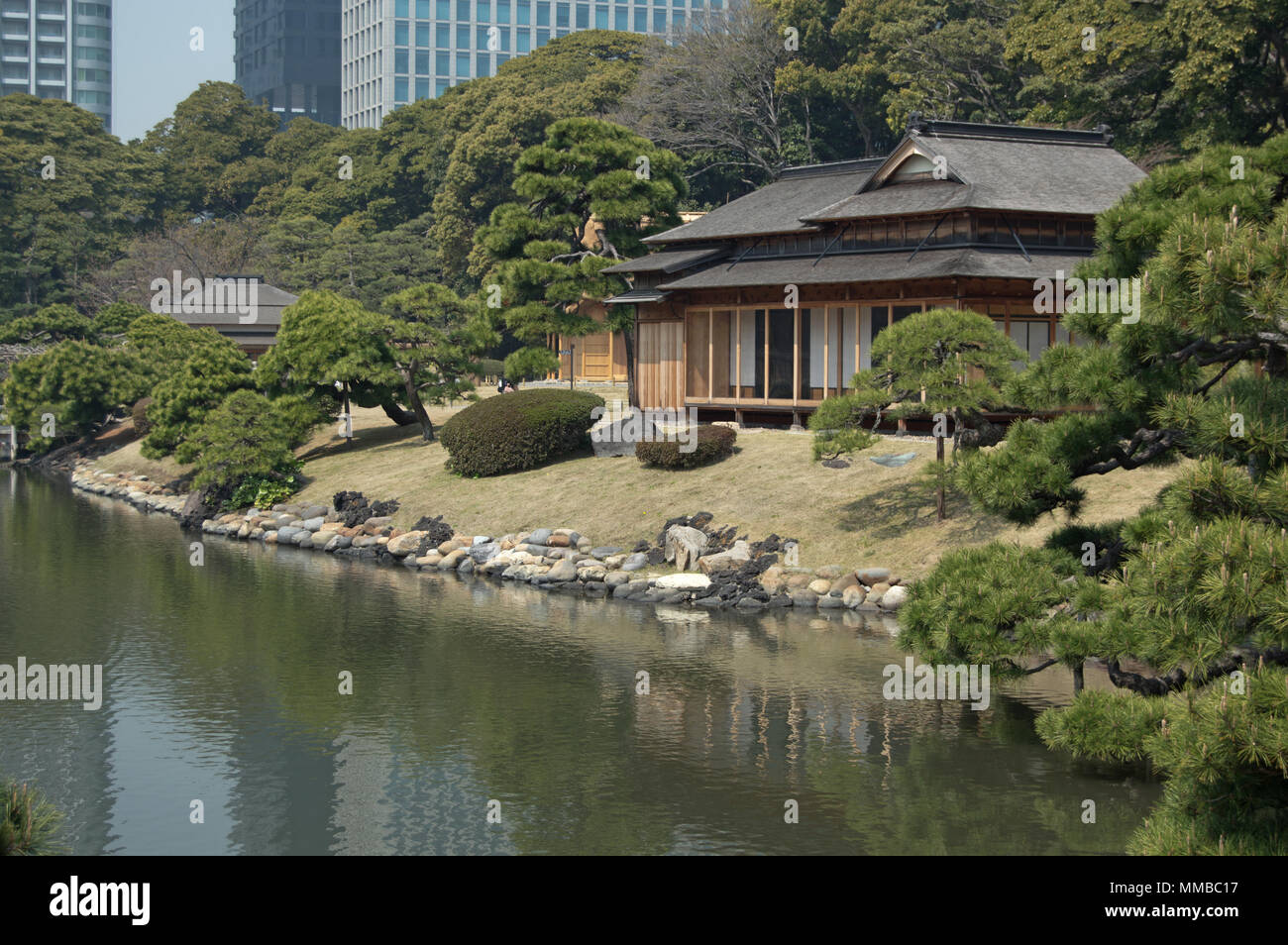


Teahouse And Pond At Hamarikyu Gardens Tokyo Japan Stock Photo Alamy



Hamarikyu Gardens And Beautiful Traditional Japanese Scenery Ambassadors Japan



Hamarikyu Gardens Tea House Tokyo Japan Scott Flickr



Tokyo Hama Rikyu Onshi Teien Garden Japan Experience Com


Q Tbn And9gcqcopr2hf3om3ibqfdoeg9hs Az8 Uqrypnwxodmoq9fd Wyz Usqp Cau



Hamarikyu Gardens In Chuo District Toyko Japan Editorial Photography Image Of Gardens High



Customers Nakajimanoochaya Tea House Middle Shioirinoike Pond Editorial Stock Photo Stock Image Shutterstock



Japan Honshu Island Kanto Tokyo The Tea House At Hama Rikyu Stock Photo Alamy



The Tea House In The Hamarikyu Gardens Oc 3rd July 19 Japanpics



Tokyo S Grand Tea Ceremony Festival At Hamarikyu Gardens Daydreaming In Kyoto


Majestic Japanese Garden And Tea House In The Middle Of Tokyo Deepjapan



Tea Ceremony In Tokyo The Serine Hamarikyu Gardens Tea House Japan


コメント
コメントを投稿